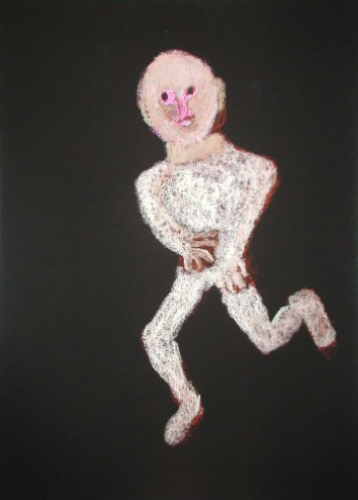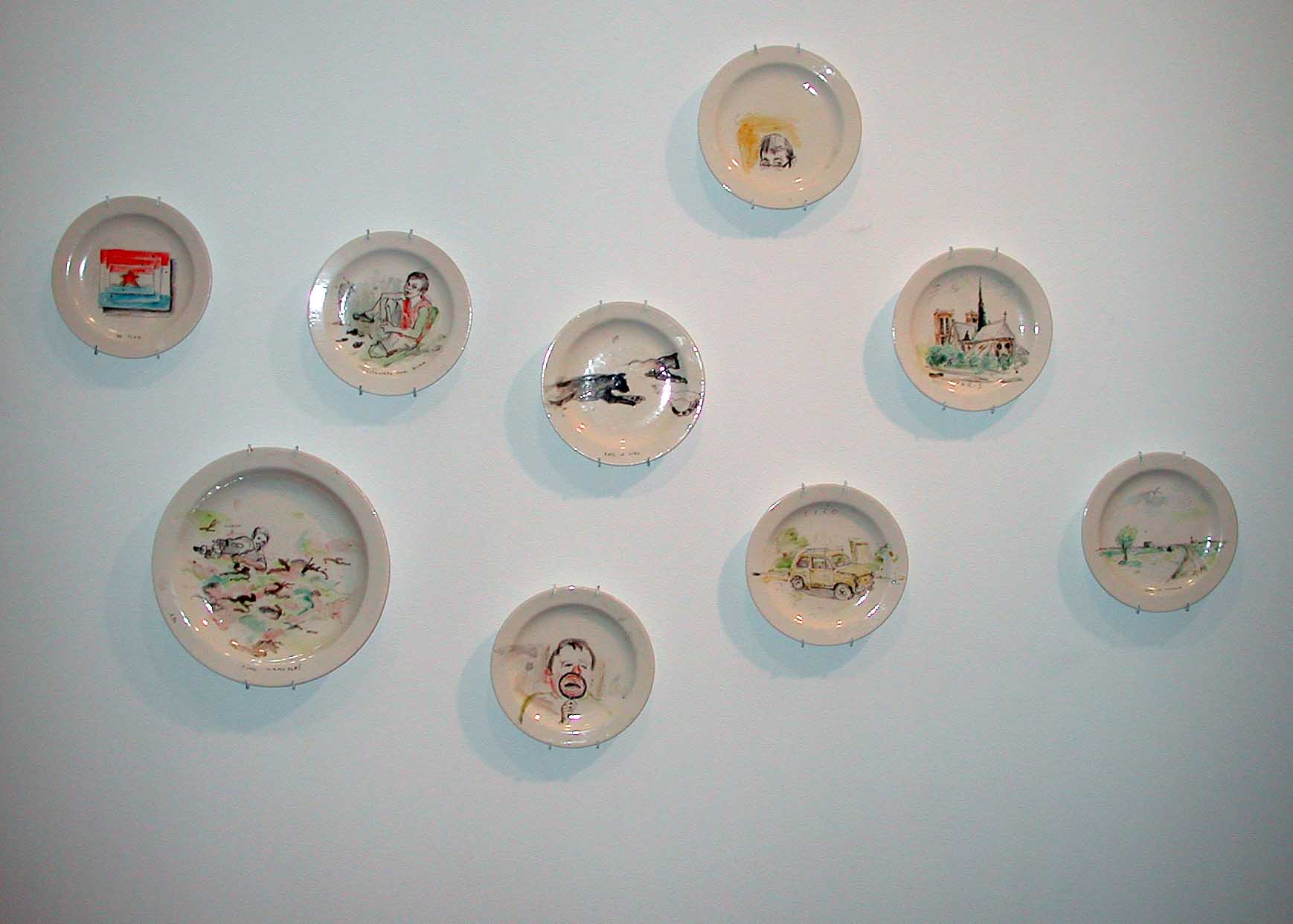Slipstream
Ron Giii, Sadko Hadžihasanović, Jay Isaac, G.B. Jones, Eli Langer, Mélanie Rocan, Gretchen Sankey
May 29 - June 27, 2009

Paul Petro Contemporary Art is pleased to present paintings and works on paper from 1997-98 by Los Angeles-based Canadian artist Eli Langer and the group exhibition Slipstream.
Eli Langer's exhibition is the latest in a continuing series of historical exhibitions in our second floor space. His paintings and works on paper from 1997-98 have not been seen since they were first shown in Toronto in the year they were created. With this in mind the recognition and notoriety of these works after the fact has come to exceed the reception by an audience who viewed them in the first place.
The idea that contemporary art can be historicised is in part an attribute of urban myth - that which has been heard of but not seen. These works were produced in the years following Langer's exhibition in 1993 at Mercer Union in Toronto, an exhibition made controversial by a piece of negative press and the ensuing censorship and confiscation of the artist's work. While the international controversy surrounding the censorship trial is well-imbedded in our cultural memory (the case was won by Langer in court and the works of art were returned) the images of the artist's work from this and the following period are less clear. In a sense this exhibition enables us to put a face to a name.
During the 1980s Langer became familiar with the drawing practice of Ron Giii and they became friends. There was an element of mentorship. At one point they collaborated on work. A parallel between Langer's drawing practice and that of G.B. Jones was identified in the publication Dangerous Drawings (New York: Juno Books, 1997) with accompanying reproductions and text. Gretchen Sankey's practice, established by the early 1990s, incorporated childhood iconography and the awakening subconscious and, to borrow Sankey's words, "human folly, cruel humour and dread".
Melanie Rocan is a younger generation painter mapping a female consciousness in what she terms the "lingering space" between playfulness and darkness. It's in this lingering space that the idea of slipstream comes into play, in an area of reduced pressure where the velocity of the object ahead pulls that which is following from behind. There is a fluid relationship at work as the air particles move around the object. There is also an act of suspension as the psyche engages with the particle flow.
The fluidity of movement between the acts of painting and drawing in relation to the engagement with content and gesture are traits that are particularly apparent in the practice of Sadko Hadzihasanovic. With Jay Isaac the traces are genealogical, between subject and genre, the observed and the imagined, and the migration through figure, landscape and still life. Content and gesture, object and particles.
There are interesting occurrences in the hierarchies of contemporary art that mimic slipstream phenomena, including market inclinations and temporal favouritisms, and have a "gearing up" effect. In the reduced pressure of the slipstream there is an ability to gear down and move at a rate dictated by the object without the acting forces of hierarchy. It is the forces that occur within the hierarchies, institutional or otherwise, that have the capacity to fail art, or at the least, let it down. However, running parallel in the slipstream it is the art itself that dictates the speed. That, in turn, enables the viewer to explore their own limit while following the object.





